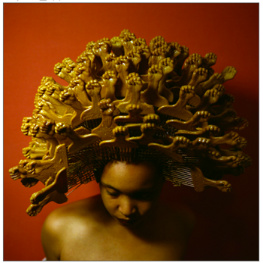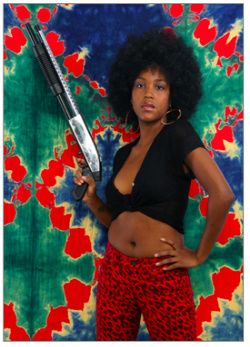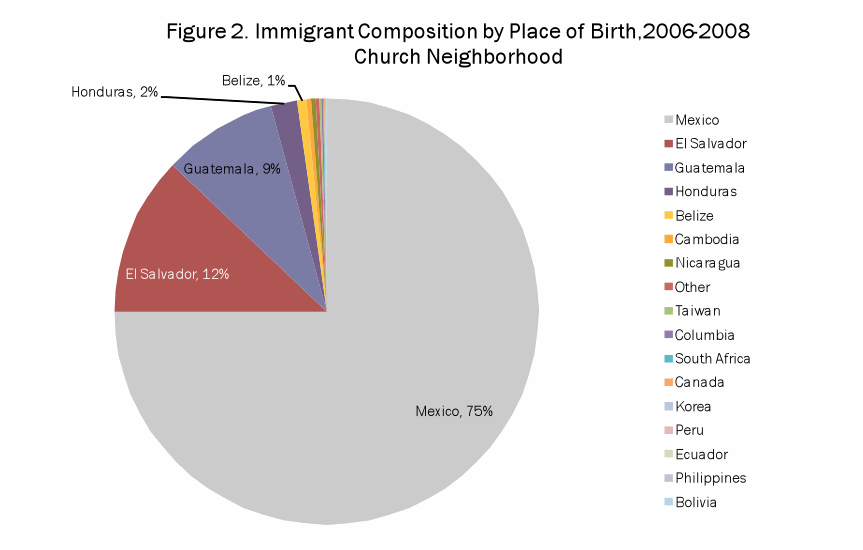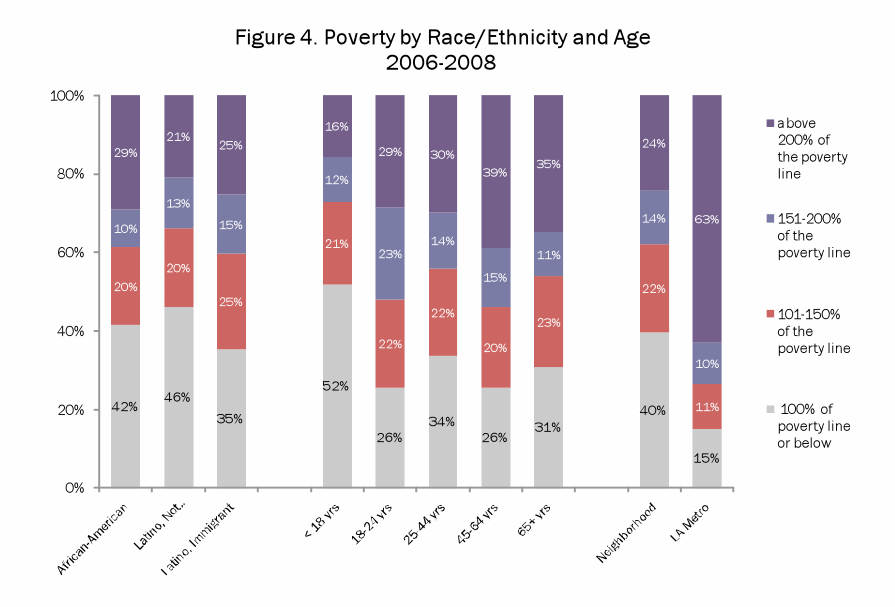Listen to an audio story by Annenberg Radio News
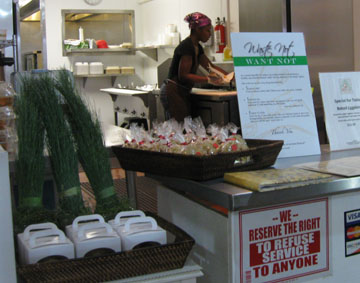 Latisha Jordan stands in front of the grill at Stuff I Eat heating up some tortillas.
Latisha Jordan stands in front of the grill at Stuff I Eat heating up some tortillas.
“I’m making mixed tacos,” she explains. “There’s wild rice and tofu mixed together, with S.I.E. [Stuff I Eat] sauce and with medium, mild, or spicy salsa, and then kale with carrot mango dressing.”
Jordan works for her aunt and uncle at Stuff I Eat, the only vegan restaurant in Inglewood with her cousin Danielle Horton. Both cousins are vegan for health reasons.
Horton went from a size 18/22 to size 8 after giving up meat, she says. “It was seeing my family members, my mom, my dad, some of my cousins, all overweight, having diabetes, high blood pressure at an early age, I was headed in that direction.”
The Center for Disease and Control reports that the African American community has an obesity rate of 36 percent, which is higher than either Hispanics or whites.
Horton saw an alternative in her aunt and uncle, Ron and Babette Davis, who opened Stuff I Eat in 2008. They see themselves as missionaries of a vegan diet in a neighborhood full of fast food restaurants, she says.
“People were always saying why did you guys open up in Inglewood? You guys would make a killing in Santa Monica or Venice, but we live here, so we thought this would be a good place to have a healthy alternative for our community,” Horton says.
Not everyone in the community is convinced.
“We’ve had people walk in and walk right out,†Horton says. “But a lot of it is still it’s the breaking through the habits and traditions that have been passed down. That’s the big main challenge. People think they can’t live without meat.”
Customer Makeda Cowan is trying to learn to be a strict vegetarian for health reasons, but she says the food also just tastes good.
“My favorite when I come is the something-something, which is a variety of almost everything, and I like it spicy,” Cowan says. “The community needs it. There’s too many people sick and obese, and it’s because of fast food, not knowing what to eat. It’s old school to me, it’s how I grew up. I didn’t have my first burger until I was 22 and I didn’t like it.”
Vegans still may be rare in the African American community, but Stuff I Eat has found its niche. It is opening an event space next door to the restaurant in 2012.









 The definition of beauty varies from person to person and an art exhibit at USC’s Fisher Museum of Art explores this discrepancy throughout many forms of media.
The definition of beauty varies from person to person and an art exhibit at USC’s Fisher Museum of Art explores this discrepancy throughout many forms of media. 